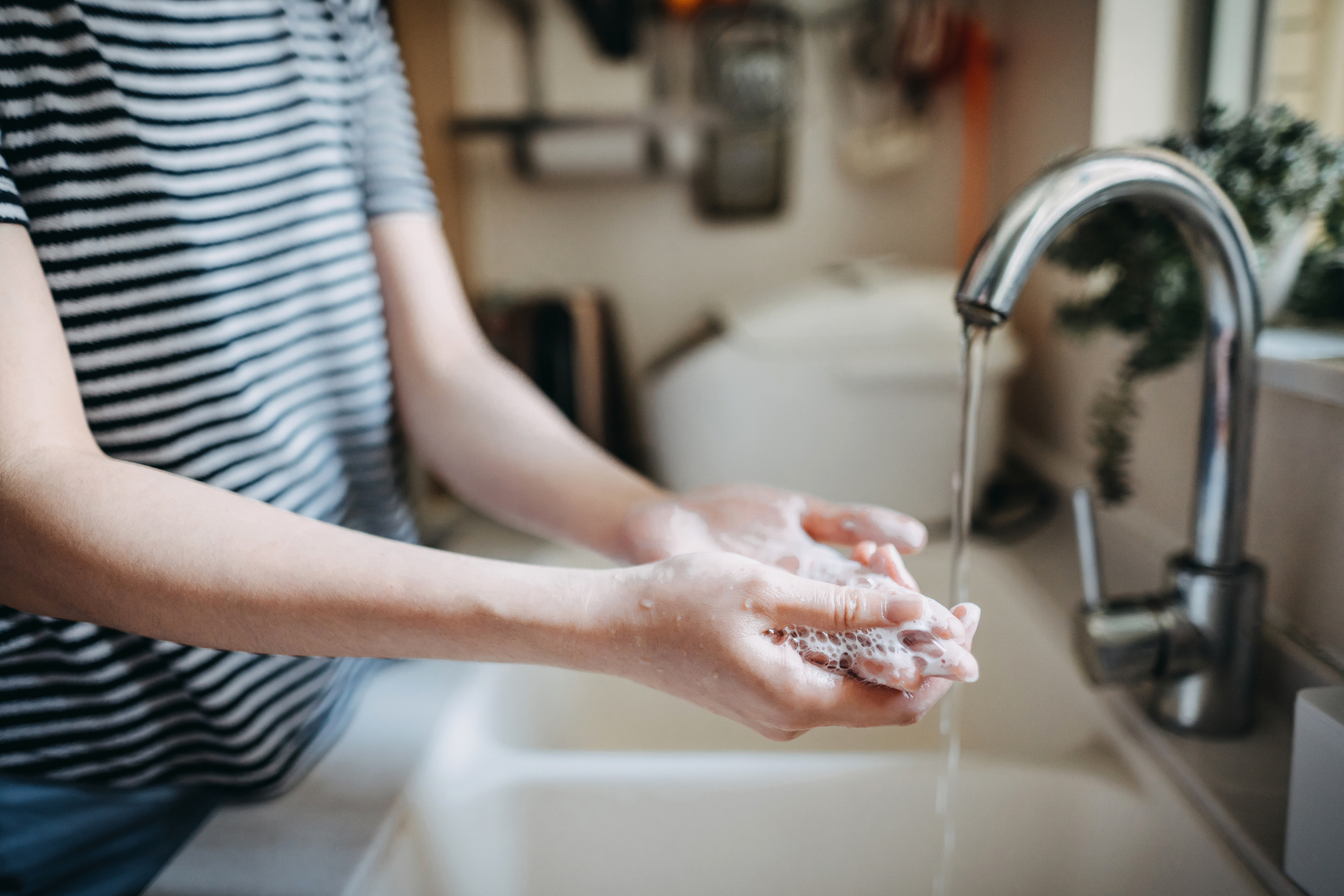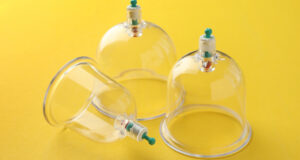
Handwashing is a simple, effective way to protect your health, and according to the Centers for Disease Control and Prevention (CDC), it’s one of the best defenses against germs, bacteria and viruses that can cause illness. But while it may seem straightforward, experts note that most of us could use a refresher on how to do it properly for maximum benefit.
Step 1: Start with water (hot or cold!)
First, wet your hands thoroughly under running water. The CDC points out that both hot and cold water remove the same amount of germs, so feel free to use whatever temperature is comfortable for you. Warm water may be more pleasant, but don’t be discouraged from washing your hands if only cold water is available. The main point is to make sure your hands are completely wet before applying soap.
Step 2: Lather up and scrub
Once your hands are wet, apply a generous amount of soap. The CDC recommends scrubbing the front and back of your hands, between your fingers, and especially under your nails where germs love to hide. Many people forget to scrub under their nails, but gently rubbing fingertips and nails against the soapy palm of the opposite hand can make a big difference in cleanliness. Be sure to lather for at least 20 seconds; if you’re unsure how long that is, singing “Happy Birthday” twice is a fun way to time it.
Step 3: Rinse away the germs
After scrubbing, rinse your hands well under clean, running water. Make sure you remove all traces of soap, as any residue left on your skin can cause dryness and irritation. Rinsing also helps to wash away the germs you’ve dislodged during scrubbing.
Step 4: Dry wisely
While it may be tempting to use a hand dryer, research shows that drying your hands with a paper towel removes more germs, as the friction helps lift bacteria and dirt from the skin. If paper towels are available, use them to dry your hands thoroughly, focusing especially on your fingertips and under the nails. If you’re using a public restroom, use a paper towel to turn off the faucet and open the door, adding an extra layer of germ protection.
Pro Tips for Healthier Hands
- Use lotion to avoid dryness: Frequent handwashing can leave hands dry and cracked, which can make them more susceptible to germs. Keeping a small bottle of hand lotion nearby can help keep your skin healthy.
- Don’t rush: Experts agree that thorough handwashing reduces the risk of spreading illness, so take your time with each step, especially during cold and flu season.
- Keep a sanitizer handy: While soap and water are best, alcohol-based hand sanitizers (with at least 60% alcohol) are a good on-the-go alternative when handwashing isn’t possible.
By following these handwashing tips, you’re not only protecting yourself but also helping reduce the spread of germs to others. Make these steps a regular part of your routine, and enjoy peace of mind knowing you’re doing your best for your health.
The original version of this article appeared in the pring magazine of Woman’s World




